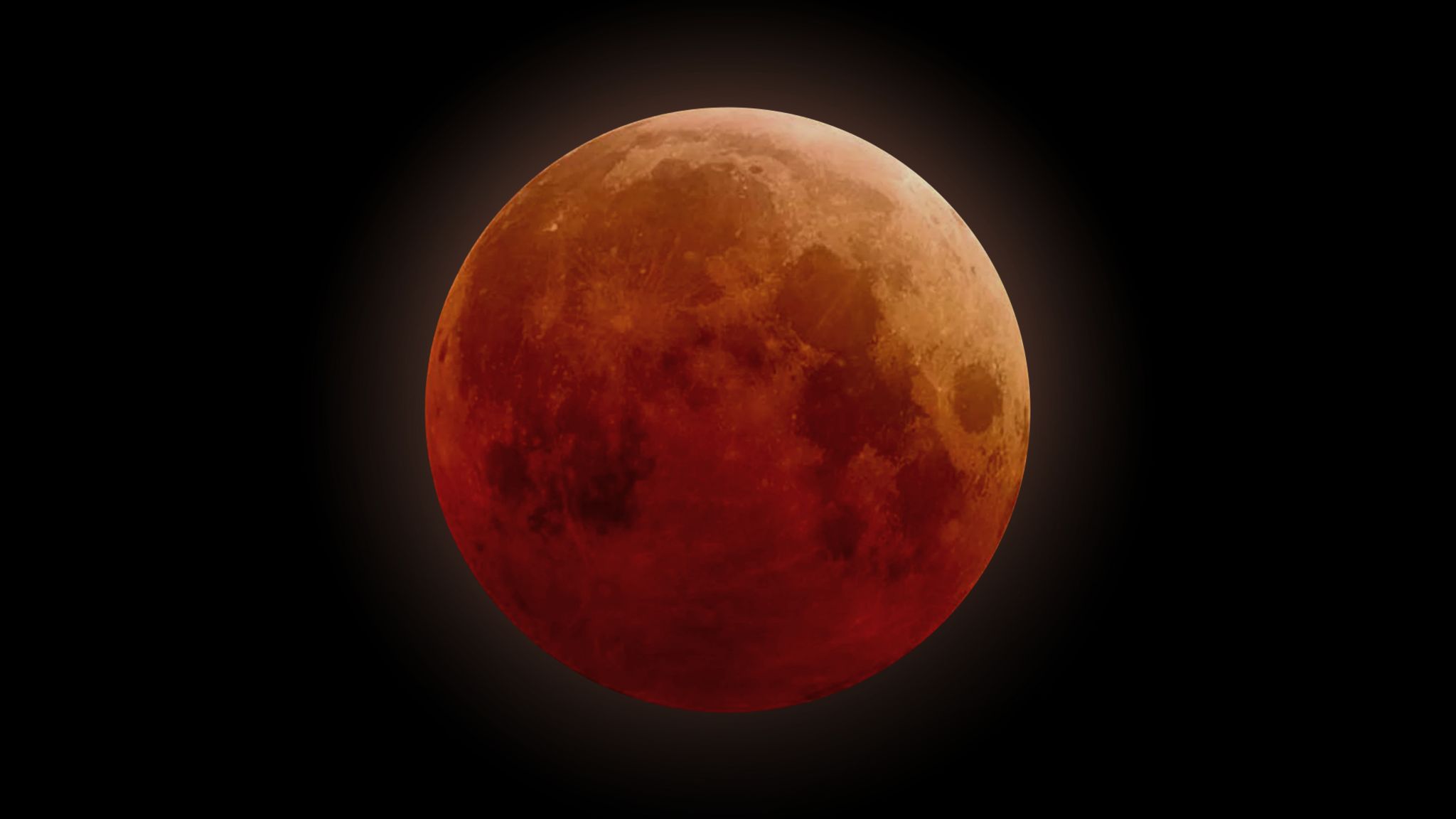Total Lunar Eclipse 2019
A total lunar eclipse will take place on January 20 - 21 (depending on your time zone). This lunar eclipse will occur while the moon happens to be directly on the ecliptic for observers at mid-northern latitudes. The entire event will be visible from North and South America, the eastern Pacific Ocean, and westernmost Europe. Much of the eclipse will be seen in central and eastern Europe, but observers there will miss the later stages of the eclipse because they occur after moonset. For the western Pacific region, the moon will rise after the eclipse begins.
The partial phase will begin when the moon contacts the Earth’s umbra at 03:34 UT (or 10:34 pm EST on Sunday evening in North America). Starting at that time, look for the darkness to creep over the moon, growing from along its lower left edge.
Starting at 04:41 UT, or 11:41 pm Eastern time, the moon will be entirely within the Earth’s umbra. It will pass deeply through the shadow, extending totality to 62 minutes in duration, and darkening the moon’s southern half much more than its northern half. The total eclipse phase will end when the moon begins to leave the umbra at 05:43 UT, or 12:43 am Eastern Time on Sunday. The partial phase of the eclipse will end at 06:51 UT, or 1:51 am Eastern Time.
At greatest eclipse, which occurs at 05:13 UT (12:13 am EST), the very dark and reddened moon will be sitting a palm’s width to the right (west) of Messier 44, also known as The Beehive Cluster, in Cancer (the Crab). You should be able to see the big cluster’s stars easily in binoculars without the bright moonlight overwhelming it.
Hopefully the skies will be clear wherever you are! Don’t let cold weather keep you indoors for this one. The next total lunar eclipse won’t occur until May, 2021.
